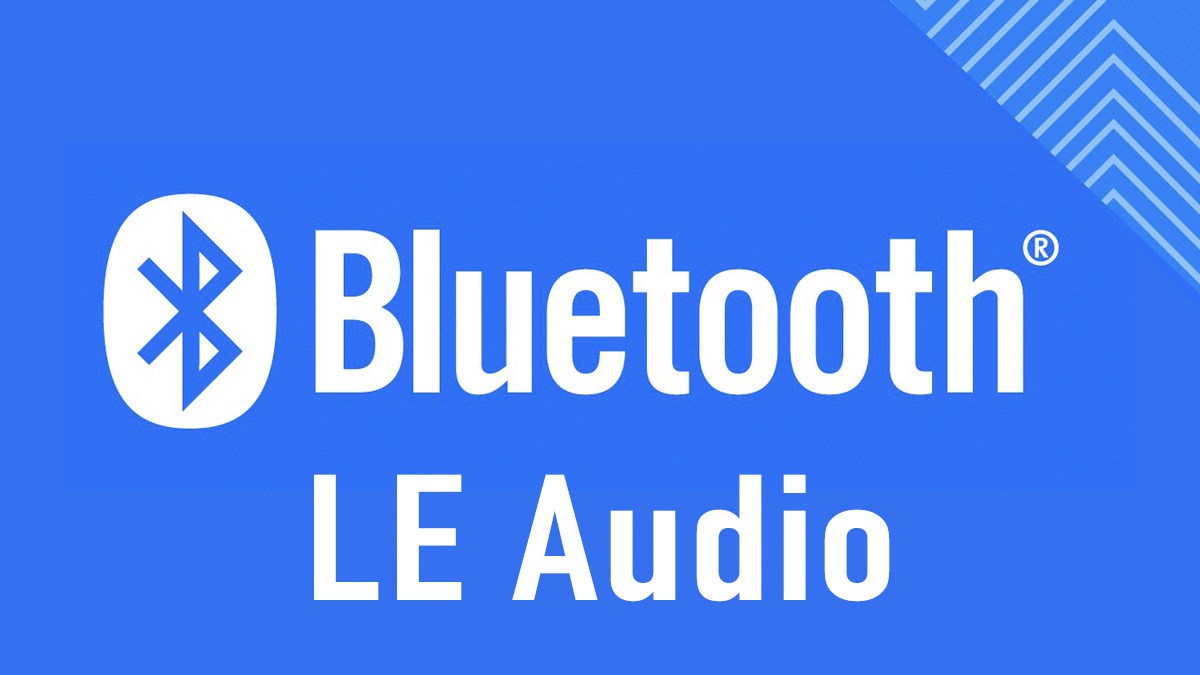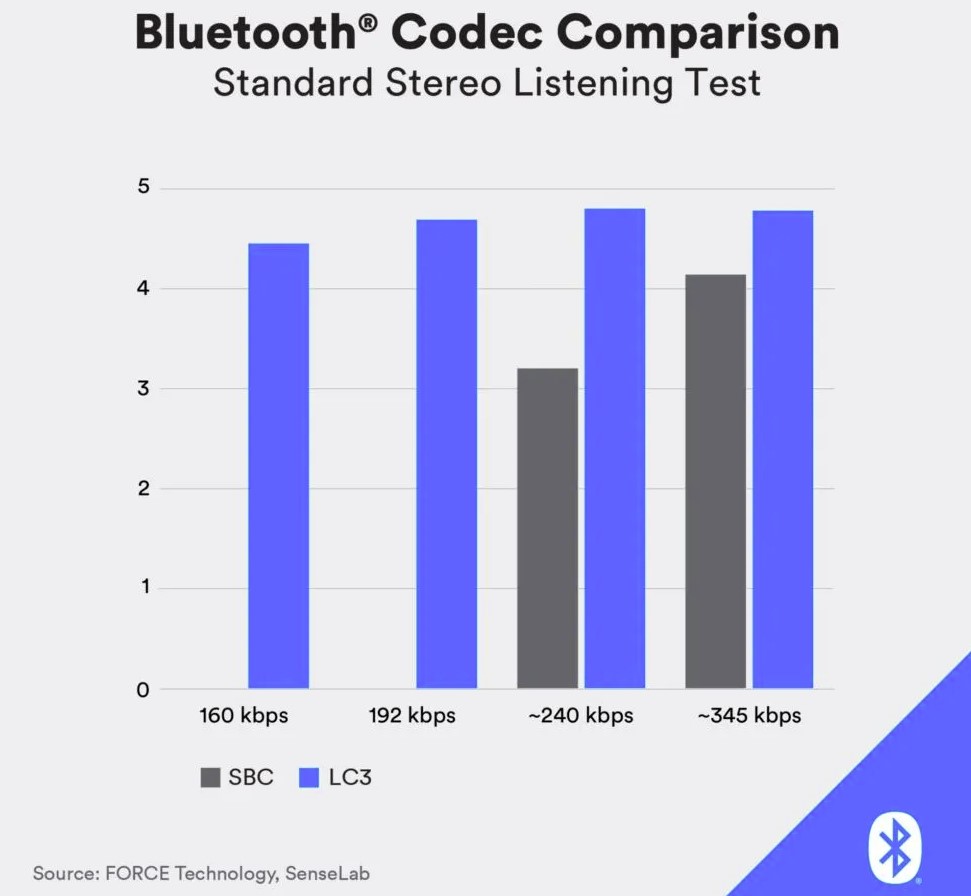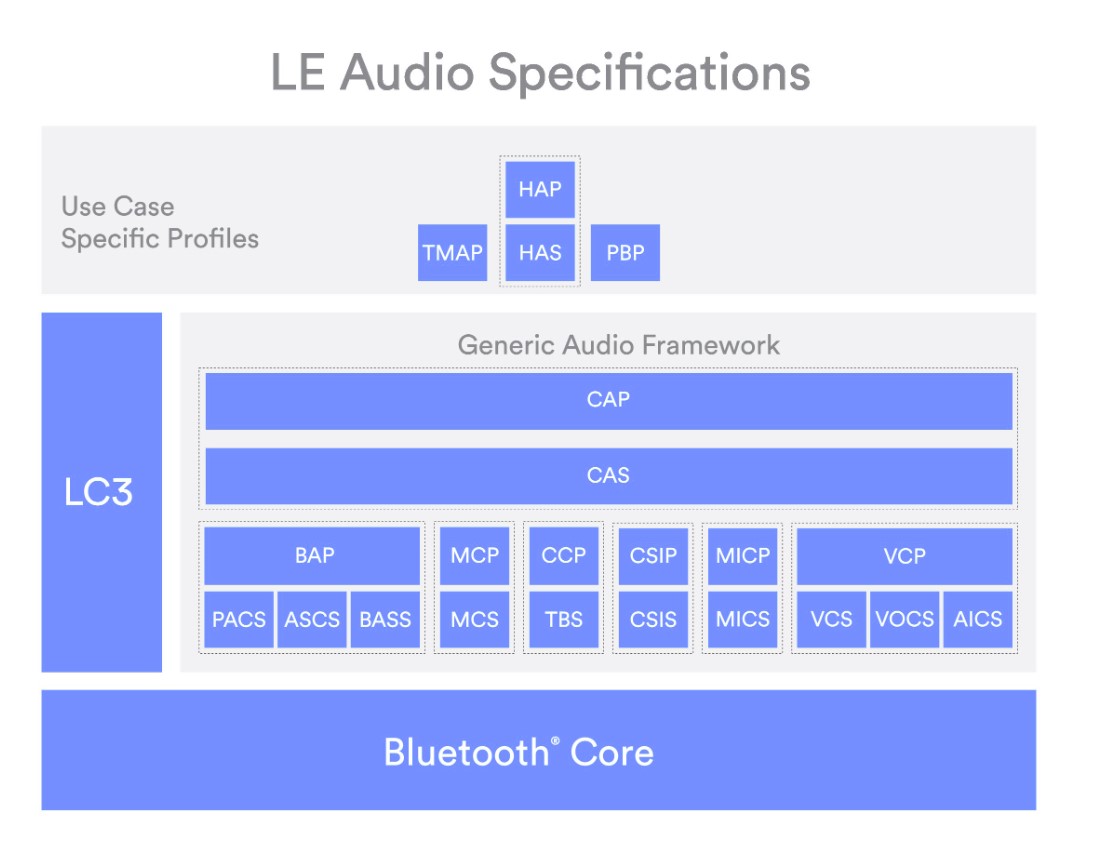The arrival of Bluetooth audio's most significant improvement in years is just around the corner for headphones

We're on the verge of a new generation of wireless headphones that are more power-efficient, produce better sound, and cater to exciting new functions like being able to link an "unlimited" number of devices to a single source using Bluetooth LE Audio, an umbrella term for a number of advanced features for Bluetooth gadgets that will be completed by the Bluetooth standard body today.
The Bluetooth Low Energy Audio specification was officially published at the start of 2020, and the Bluetooth SIG had intended that supporting devices would be launched before the end of that year. However, owing to the epidemic, the completion of the specification today has enabled device manufacturers to begin adopting it into their products.
“Today is a proud day for the Bluetooth SIG member community,” says CEO of the Bluetooth SIG Mark Powell. “Our members overcame the many challenges placed on them these past few years to complete the largest specification development project in the history of the Bluetooth SIG. LE Audio extends the boundaries of what’s possible for the wireless audio market.”
Bluetooth LE Audio has a few components, but the new LC3 codec, which is designed to be much more efficient than SBC, will have the most impact on many individuals. That means either greater audio quality at the same bit rate as the current baseline SBC codec or even (according to the Bluetooth SIG) slightly better audio quality at lower bit rates (listen for yourself here). A lower bit rate implies less power consumption, which should translate to longer battery life.

LE Audio's LEC3 is just one of the many capabilities under the LE Audio banner. Another major feature is its capacity to link a number of audio devices to a single source, which it refers to as Auracast. This may be as simple as connecting two pairs of headphones together to a single phone, or linking several earbuds together to a single television in a public area like a gym. Users will be able to search for audio sources in the same way that they would for a Wi-Fi network, connect by scanning a QR code or tapping an NFC-enabled surface
Xiaomi also revealed the Mi Remote app for Android, which provides a host of features and functionalities. Other highlights include enhanced support for true wireless headphones due to Bluetooth LE Audio's ability for each individual earbud to keep its own connection with the source device. It's also expected that all LE Audio's characteristics will be beneficial in future hearing aids when combined.

Bluetooth audio is expected to take a significant step forward in the coming months, thanks to Bluetooth LE Audio, Qualcomm's just announced aptX Lossless standard, and competing technologies like Apple's AirPlay 2. But what exactly will be required for consumers? The Bluetooth SIG's website claims that it may be feasible for some existing devices to get updated to support Bluetooth LE Audio (and early support for the standard is already available in Android 13's beta), but I believe most users won't realize any benefits until they purchase newer hardware.
For those who want to know more:
- Best Drone for $100
- Top Rated Drones Under $200
- Best Drone to Buy Under $500
- Quadcopters for Kids Review
Source: www.theverge.com